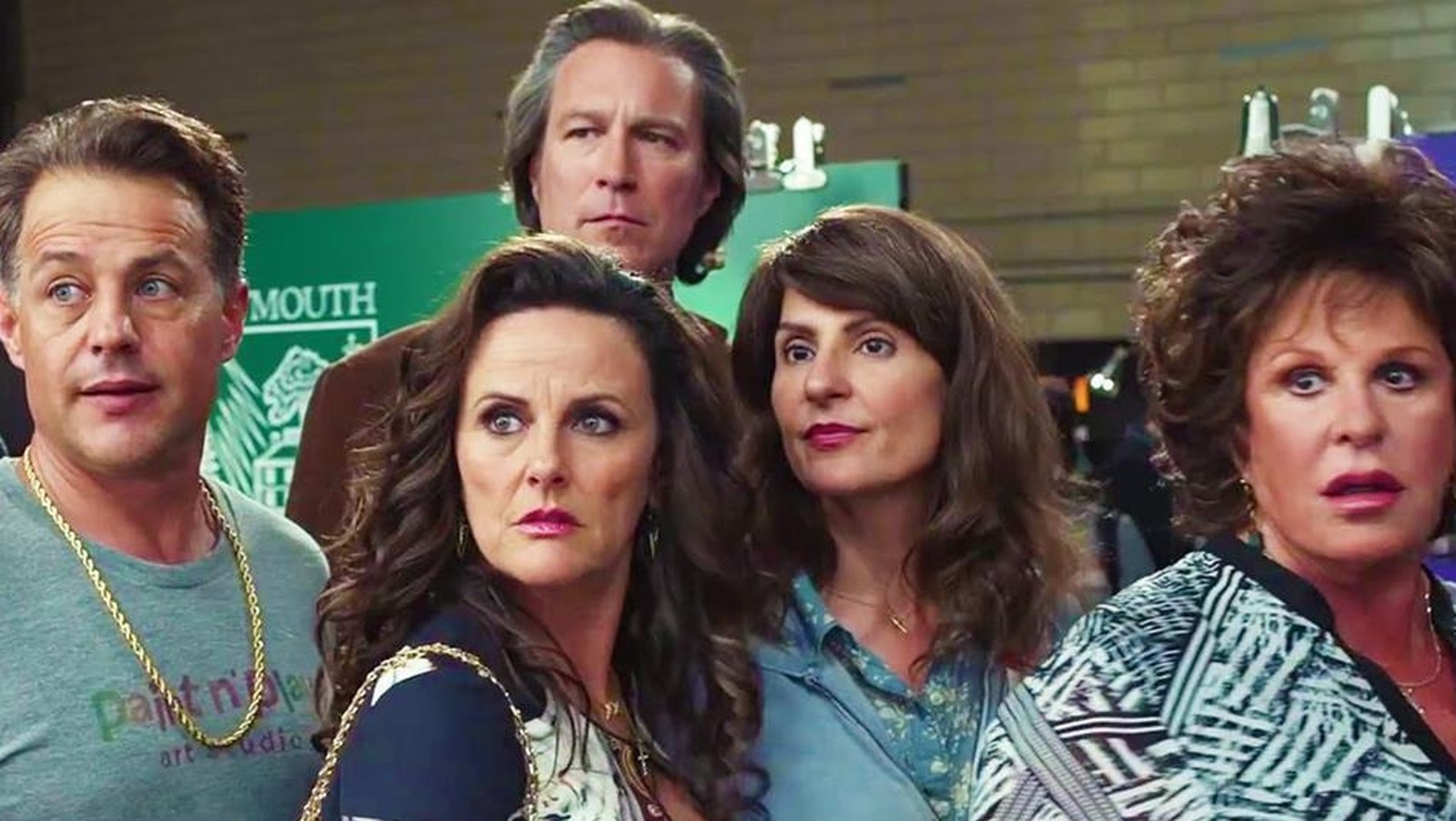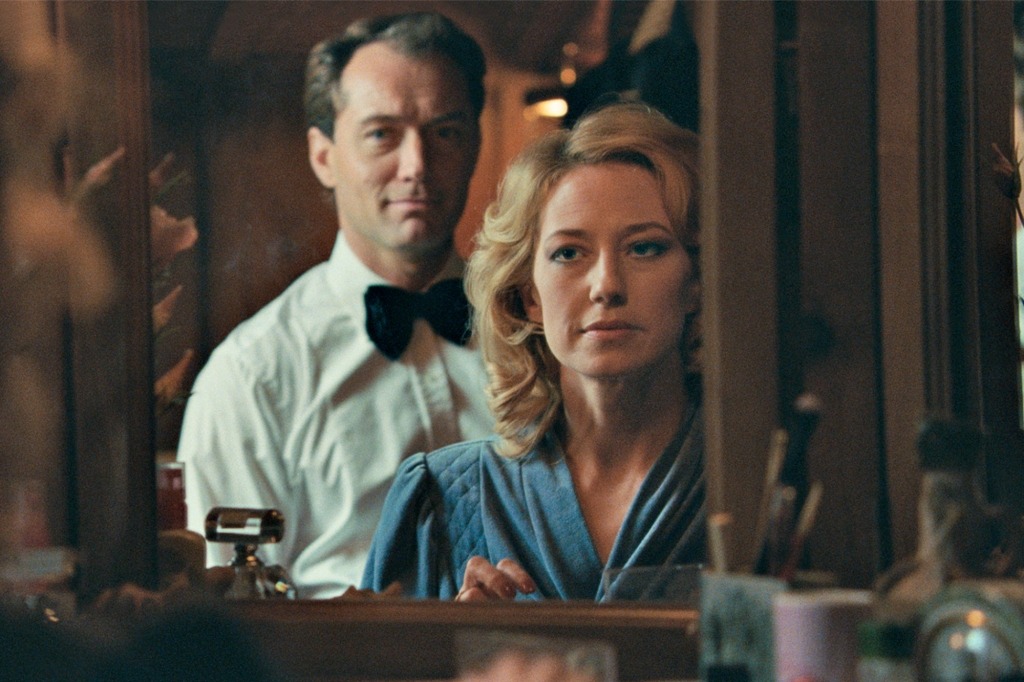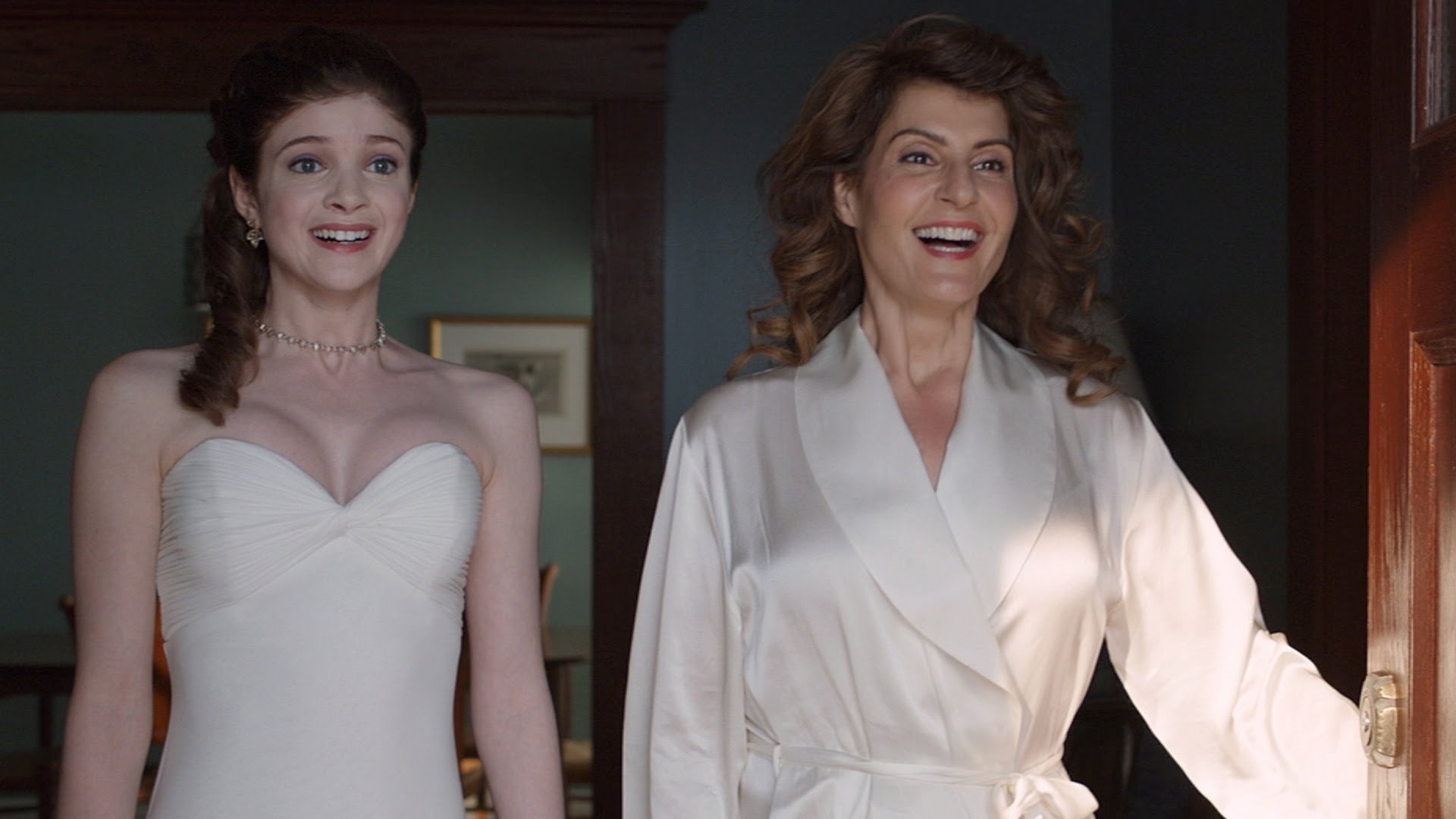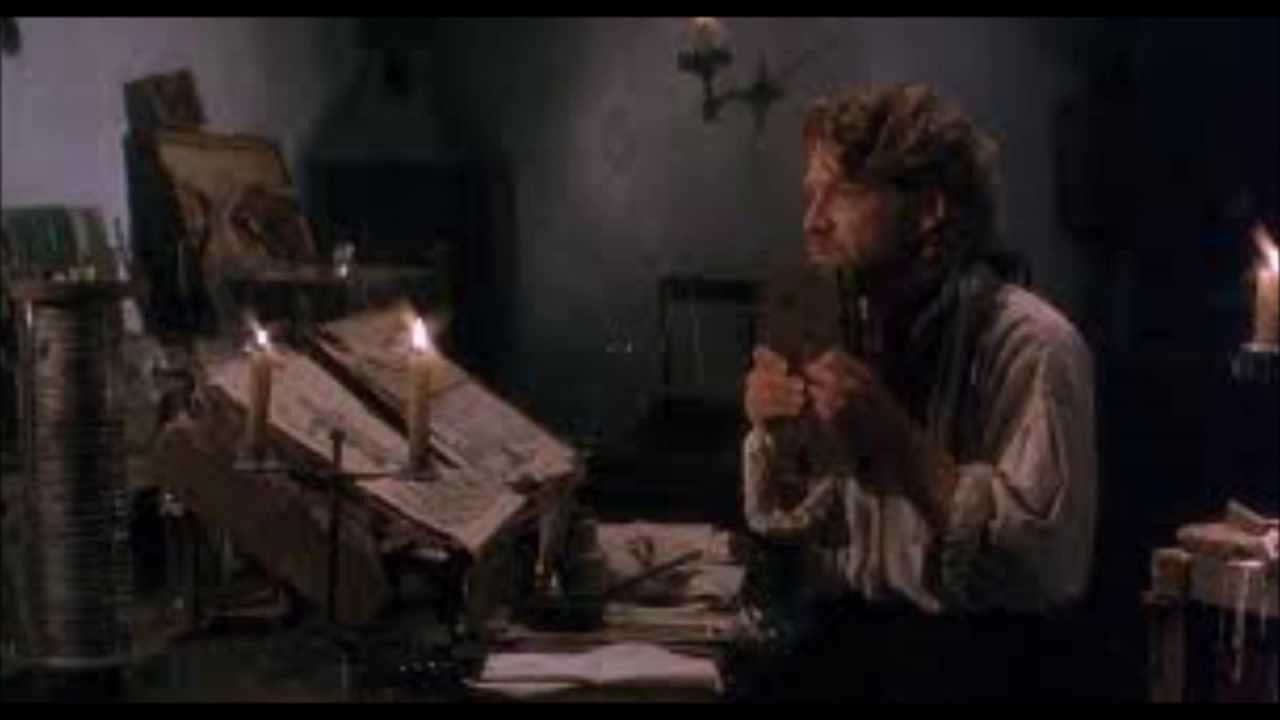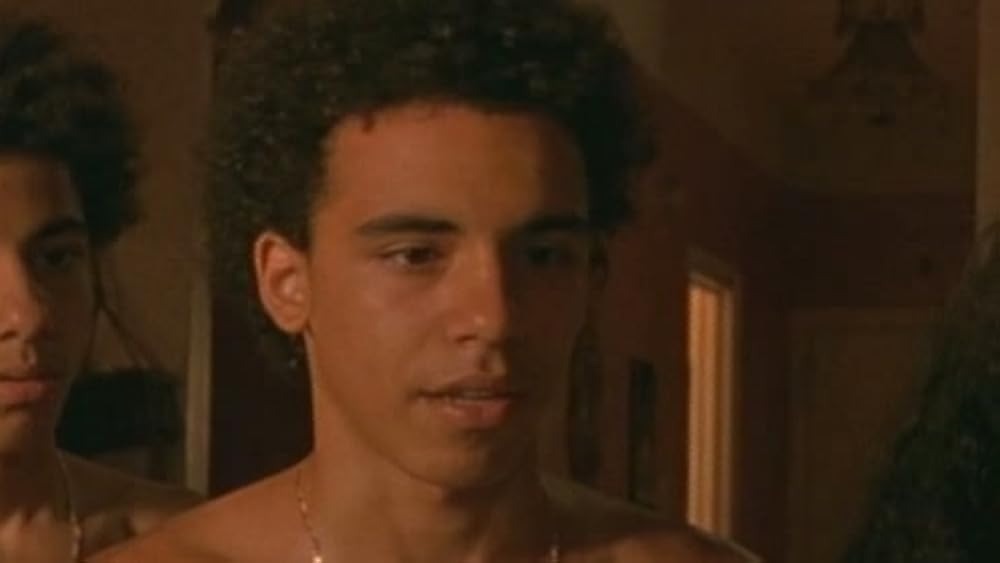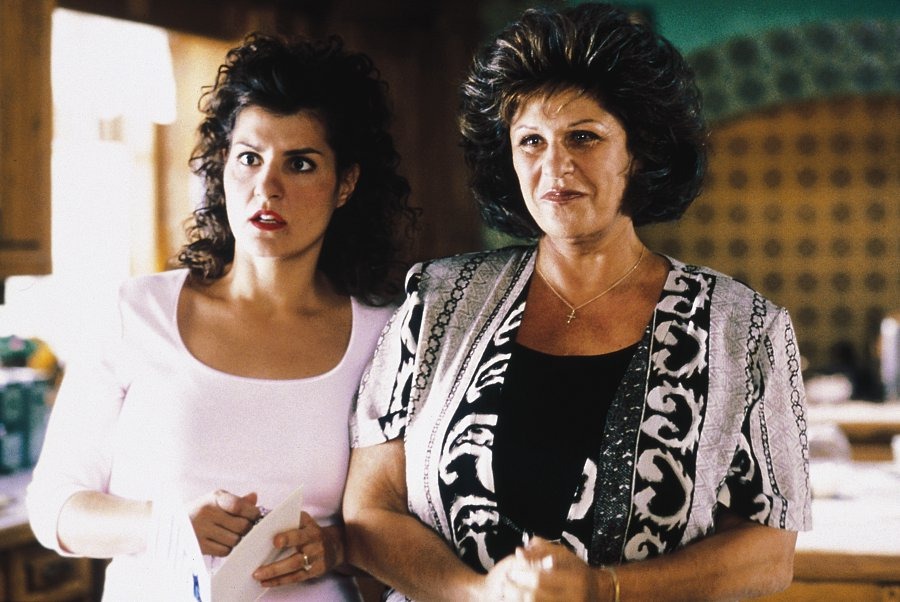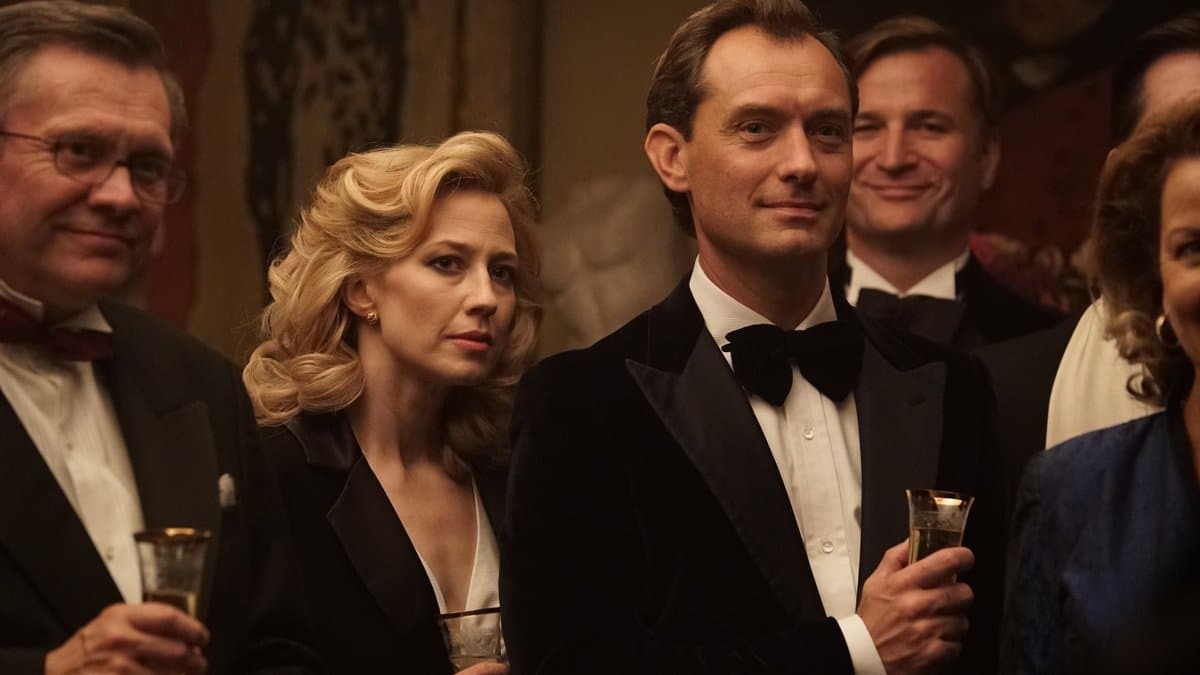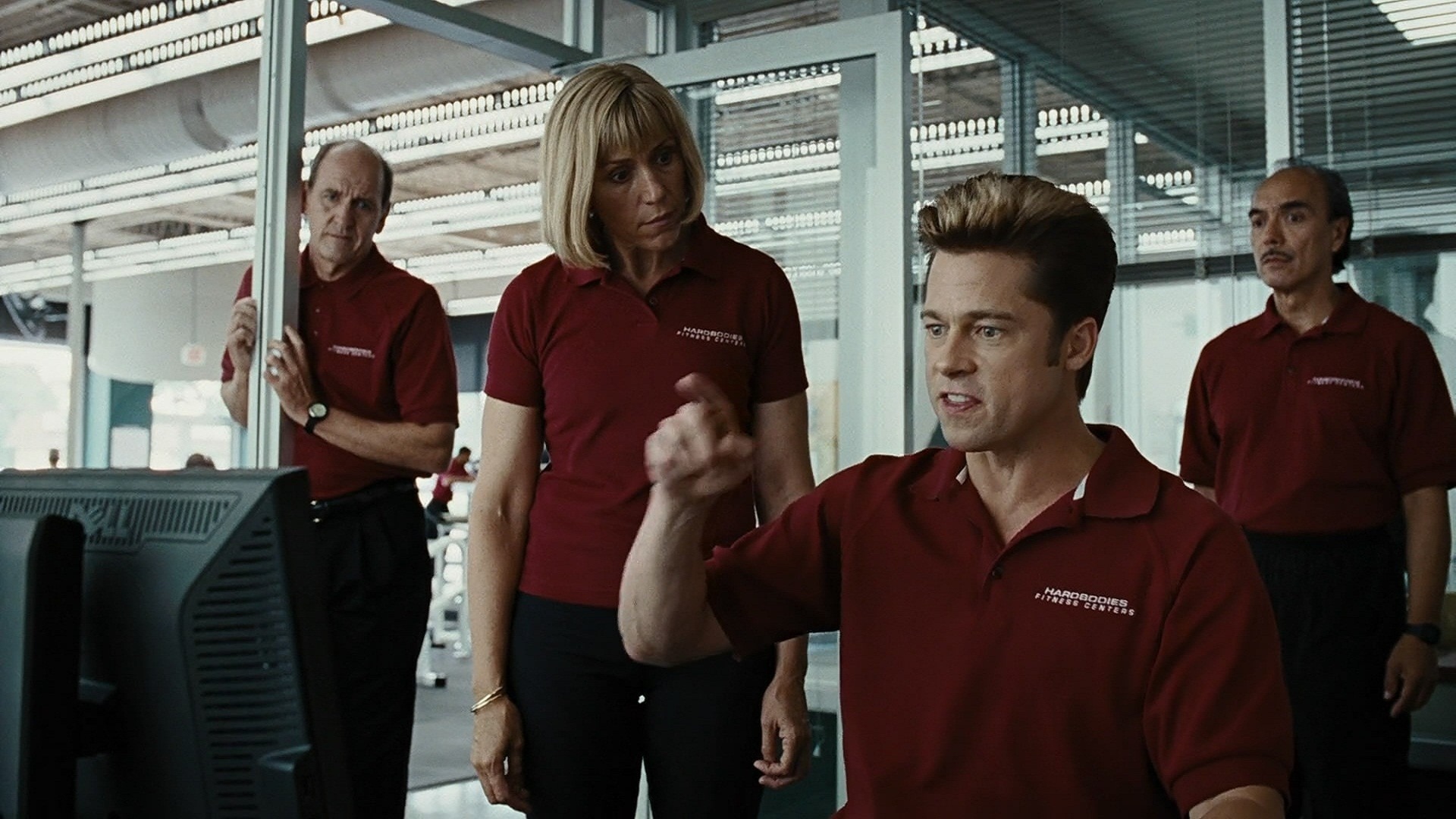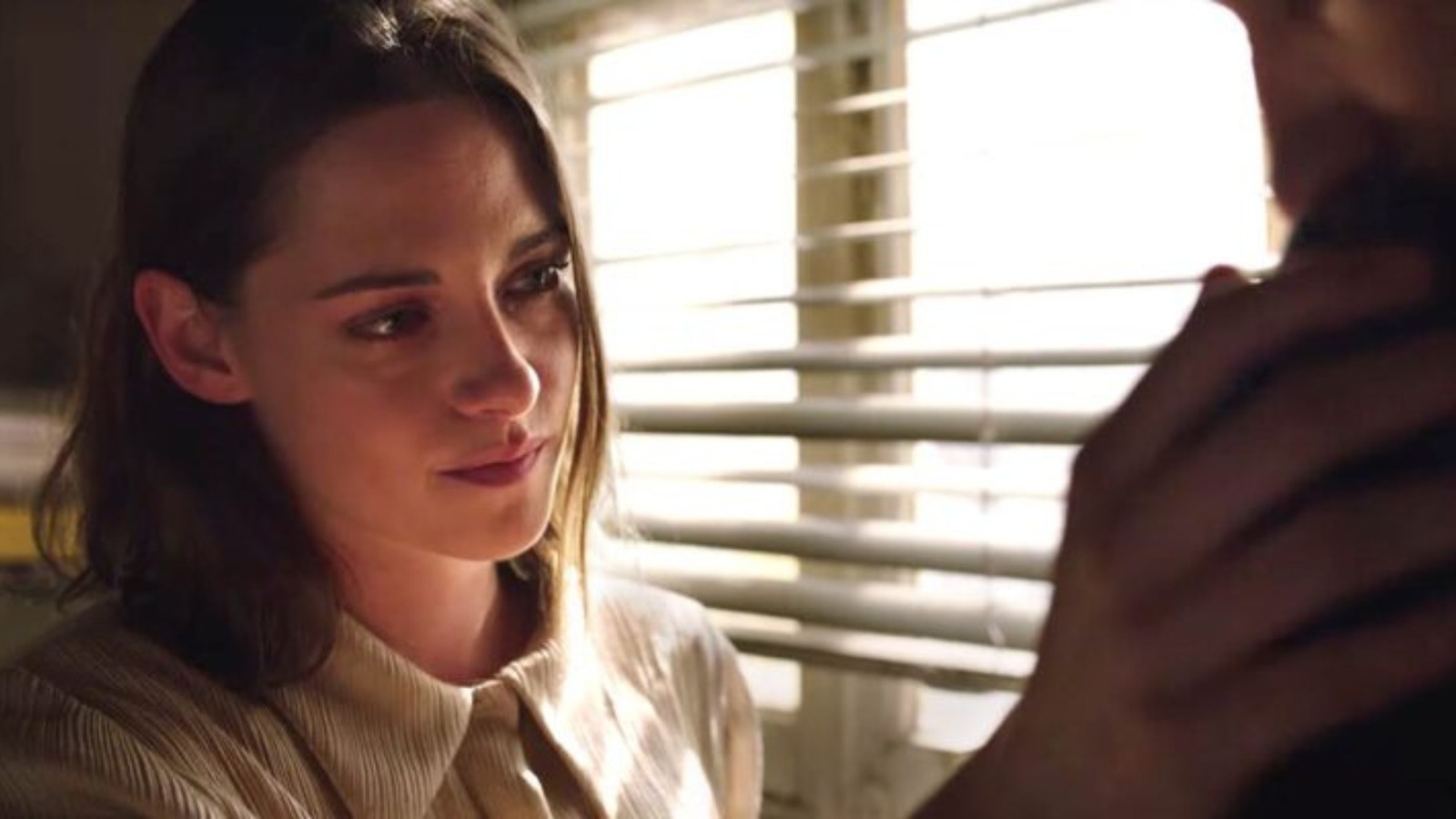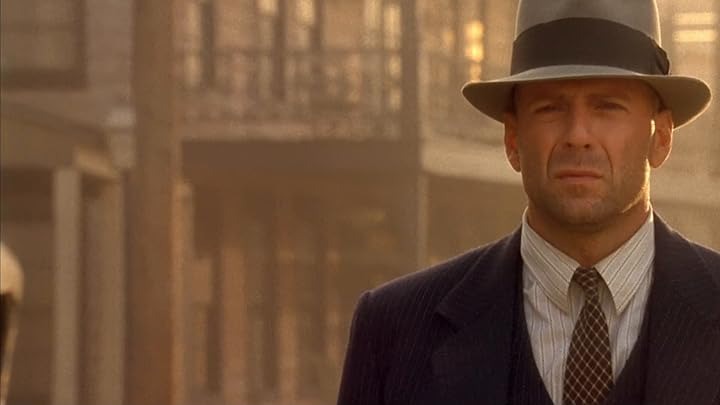What Are Critics Saying About My Big Fat Greek Wedding 3?
In the newest addition to the My Big Fat Greek Wedding franchise, the kooky family travels to Greece for a long-awaited family reunion. Fans of the franchise will get a kick out of seeing their favorite Greek family again. The cast includes Nia Vardalos, John Corbett, Andrea Martin, Lainie Kazan, Louis Mandylor, Elena Kampouris, Gia Carides, and even Joey Fatone! This film is dedicated to Michael Constantine, Bruce Gray, and Constantine Vardalos, who all passed away since the last movie.
Moreover, the story presents important conversations about life’s philosophies, specifically on saving money for retirement vs. traveling while you can. There’s a very real element in the story of the matriarch in the family who now has dementia, which can resonate with audiences as it touches on themes of family and loss. The cinematographer, Barry Peterson, captures the beauty of Greece, making the visuals a highlight.
However, the movie is criticized for not being as funny as expected, with a story that doesn’t flow well. The romance aspect is also seen as lacking depth, as the couple is already together and strangers to the family, which doesn’t align with typical rom-com expectations. Ultimately, that generic togetherness is all Greek Wedding 3 has to offer – that, and yet another actual Greek wedding, this one more removed from the central characters than ever before.
In the years following the runaway success of her 2002 indie smash, My Big Fat Greek Wedding, its star and screenwriter, Nia Vardalos, spent a lot of time circling that material without quite committing to revisiting it in the cinema. Technically, the movie’s big-screen run outlasted its sitcom follow-up; the film’s last weekend in theaters, a full year after its original release, coincided with the airing of the show’s final episode.
Interestingly, it is strange that the show made such a quick exit, because it’s the three-camera sitcom format that should fit the My Big Fat Greek Wedding sensibility perfectly. The movie was already essentially a protracted sitcom pilot, with no short supply of zany characters vying for that ‘and’ credit.
Additionally, like its predecessor, My Big Fat Greek Wedding 3 has a vast river of sadness running beneath its kooky surface. Vardalos (who wrote and directed this installment) doesn’t seem to know how, or whether, to tap into it. This element also makes the movie uncomfortable, as if fearful of torpedoing its feelgood rep by reminding its audience of real-life grief, causing it to repeatedly and halfheartedly wave away the specifics of Maria’s condition.
Despite the criticisms, with beautiful scenery and a sweet story, My Big Fat Greek Wedding 3 may not be as great as the original, but it’s still good, light-hearted fun. However, it is noted that My Big Fat Greek Wedding 3 is an embarrassing shell of the original Oscar-nominated rom-com hit, with writer-director Nia Vardalos’ undercooked script. The scenery, largely shot in Corfu and Athens, is gorgeous, but everything else about the film’s construction is an absolute mess.
The Absence of Key Characters: Why Isn’t Gus in the Third Film?
The film, which was shot on location in Greece, will focus on the family fulfilling the last wish of patriarch Gus Portokalos. He wanted them to visit his village in the Mediterranean country. Constantine played Gus in the first two movies before he died in 2021. However, the actor gave writer-star Nia Vardalos his support for a third film even before he passed.
In terms of the storyline, Gus does not appear in My Big Fat Greek Wedding 3. This is because his character dies before the action of the third movie starts. Nevertheless, the character’s presence is felt throughout the movie in a respectful way. For instance, Toula intends to travel to Greece to pass her late father Gus’ journal to his childhood buddies.
I wrote the screenplay to reflect Michael’s decision and will always treasure his last messages to me, hoping we were filming soon.
Additionally, the footage showcases Aunt Voula (Andrea Martin) up to her usual antics. She ensures everyone is well fed while cracking another joke at Ian’s vegetarianism.
How Does My Big Fat Greek Wedding 3 Compare to Its Predecessors?
My Big Fat Greek Wedding 3 was one of those sequels where if the filmmakers ran out of ideas, they took the characters abroad for an adventure. It ended up being like two similar films, the Downton Abbey movie and Book Club: The Next Chapter. All aim to be cozy, comfort viewing.
In terms of plot, My Big Fat Greek Wedding 3 had less structure than previous films. For instance, My Big Fat Greek Wedding and My Big Fat Greek Wedding 2 centered on a relationship and built up to a wedding. Conversely, My Big Fat Greek Wedding 3 was a collection of subplots. This resemblance to the Downton Abbey movie, which also featured a series of subplots, detracted from its narrative cohesion.
Furthermore, this made My Big Fat Greek Wedding 3 feel more like a paid vacation for the actors. While this was pleasant for them, it came at the audience’s expense. Nevertheless, the film successfully targeted an older female audience.
Notably, My Big Fat Greek Wedding 3 stood out because it explored the second and third generations coming to their ancestral home and getting spiritually closer to their father. This theme added a nice dimension as Toula and Chris embarked on their personal quests.
Overall, My Big Fat Greek Wedding 3 is a strong installment within its trilogy. It may feature some clunkiness and an unfortunate few moments of imperfect acting. Nevertheless, there is great happiness within this film, making it enjoyable for an untroubled hour or two.
With beautiful scenery and a sweet story, it’s worth noting that while My Big Fat Greek Wedding 3 may not be as great as the original, it’s still good, light-hearted fun. In comparison to the first two movies, the plot is a very light lift. The majority of the cast returns except for…
Ultimately, My Big Fat Greek Wedding 3 was a harmless, inoffensive little film. It didn’t contain much of a story or deep meaning, but the intended audience would likely appreciate it.
What Themes and Messages Are Highlighted in My Big Fat Greek Wedding 3?
The main messages from My Big Fat Greek Wedding 3 highlight that time can’t stand still and things change; however, families stick together, no matter what. Additionally, values that could be reinforced with children include:
- Honesty
- Respect for the wishes of others
- Cultural understanding and openness
- Acceptance of others, especially those who are different
- Love
- Determination
- Loyalty
Furthermore, the themes include:
- The challenges of immigrant families
- Death of a loved one
- Family pressures and responsibilities
- Refugees
- Intercultural marriage
- Cultural stereotypes
Notably, while My Big Fat Greek Wedding 3 may not focus on weddings as much as its predecessors, it emphasizes the importance of family. The first film conveyed that family isn’t dependent on one’s background.
A message of family and togetherness attempts to tie everything together in the end. However, it is noted that this theme has been covered before. Some criticisms suggest that My Big Fat Greek Wedding 3 serves only to trot out the past with increasingly diminishing returns, despite retaining the charm and character of the earlier films, while diving deeper into the darker themes of grief and belonging.
Is My Big Fat Greek Wedding 3 Worth Watching for Fans of the Franchise?
In this third film of the My Big Fat Greek Wedding franchise, the family travels to Greece for a long-awaited reunion to honor their late patriarch.
It explores themes of love for Greece, as the beautiful vistas and cultural elements are vividly portrayed. However, the story appears somewhat disorganized, struggling to deliver a cohesive narrative.
Despite its shortcomings, My Big Fat Greek Wedding 3 manages to evoke genuine laughs and a heartwarming atmosphere. Critics note that it repeats many beloved elements from the original film but lacks the same fresh charm, making it amiable yet often unamusing.
On location in Athens and Corfu, the film offers viewers a cinematic vacation with rich locales, immersing them in Greek culture and history. The journey of the Portokalos family serves not only as a backdrop for humor but also addresses deeper emotional challenges as they seek closure.
